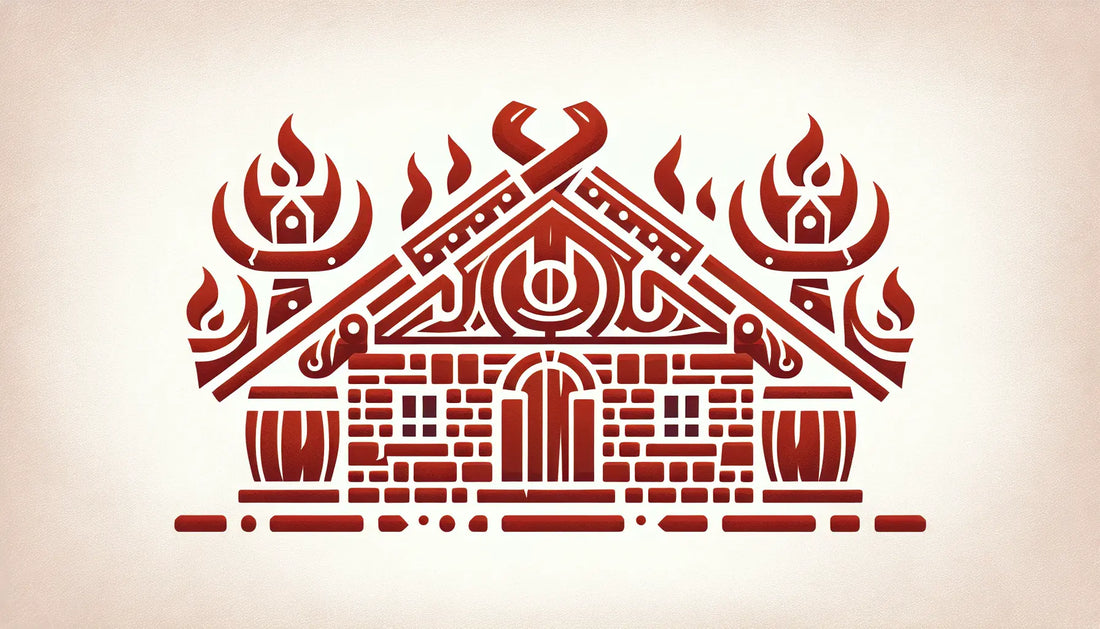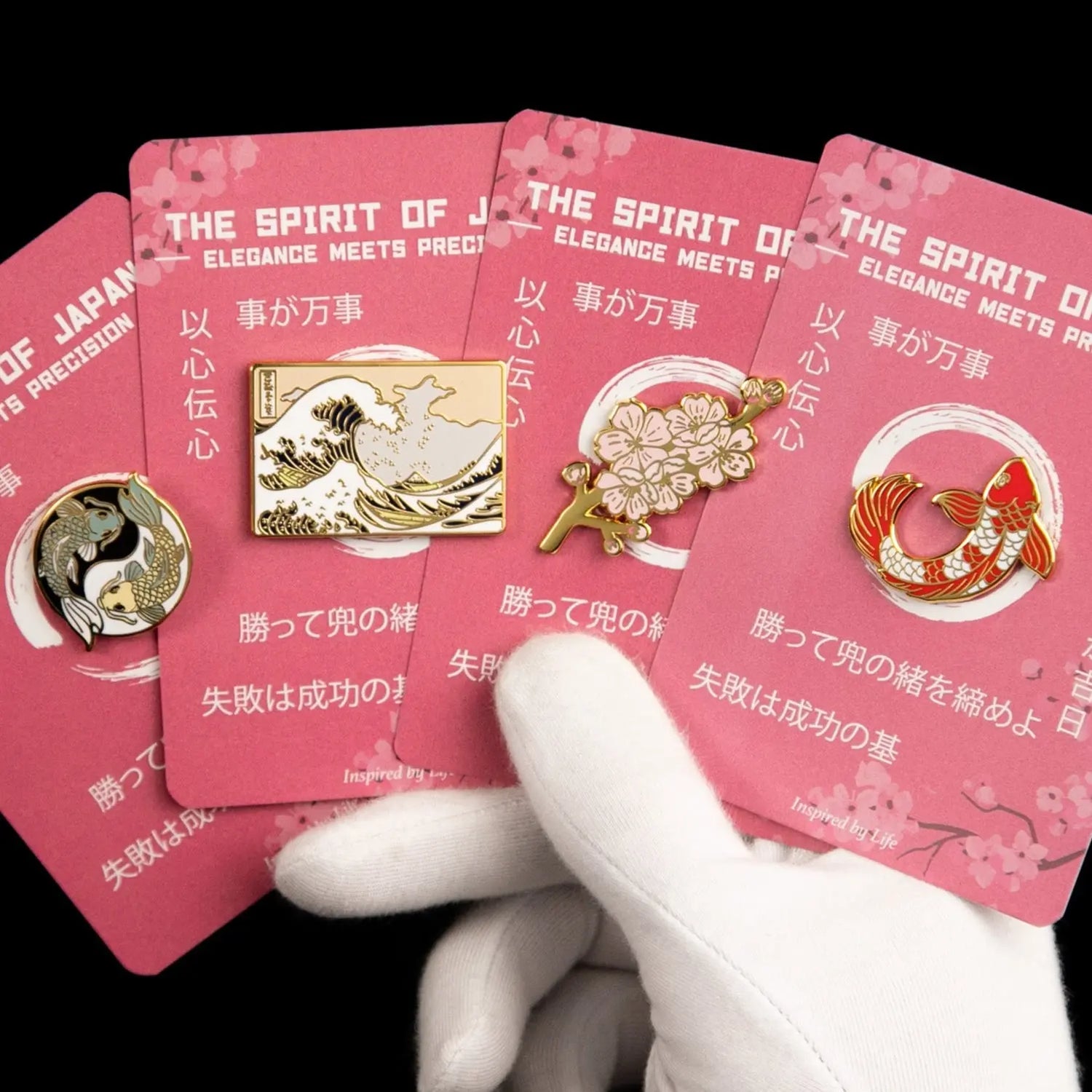
Is It Skol or Skull? Unveiling Viking Toasts and Traditions
Interesting facts
Is It Skol or Skull? Understanding Viking Toasts and Traditions
If you’ve ever found yourself at a lively gathering where someone enthusiastically shouted “Skol!” before taking a sip, you might have paused and wondered: what does that word really mean? Is it related to “skull,” bringing to mind the fierce image of Vikings drinking from the skulls of their foes? Or does “skol” carry a completely different story—one filled with tradition, camaraderie, and celebration? This question is more than just a play on similar sounds; it opens a window into Viking life, their language, and how popular tales sometimes blur history. Let’s explore the true origin of “skol,” discover Viking drinking customs, and separate myth from reality when it comes to skulls in Viking culture.
The Meaning of “Skol” – More Than Just Cheers
At the heart of Viking social life was the term “Skol” (originally “skál” in Old Norse). Far from being a casual shout, it was a heartfelt toast exchanged during feasts and social gatherings. Much like today’s “Cheers!” or “To your health!” “skál” was a gesture that expressed goodwill, unity, and shared happiness.
Old Norse, the language of the Vikings, wove “skál” deeply into its customs. The word translates roughly to “be well” or “good health,” capturing the spirit of friendship and respect that thrived in Viking halls. Picture a great wooden hall, bustling with warriors, families, and friends. Torches flicker along the walls, filling the room with a warm glow. The scent of roasted meats mingles with the sound of laughter and the clinking of drinking horns. In the midst of this warmth, voices rise together in a sincere “skál!”—an expression binding all in the spirit of community.
This ancient tradition has survived the centuries and continues to resonate in Scandinavian celebrations today. Saying “skol” isn’t just about raising a glass—it’s about linking ourselves to the deep-rooted values of fellowship and honor that were cherished by the Vikings. For those who appreciate historical narratives, the Signum Store offers a range of products, such as the Capitoline Wolf Enamel Pin – Romulus and Remus, that nod to ancient traditions and bring a sense of historical appreciation to modern attire.

The Skull Myth: Vikings Drinking from Skulls of Enemies?
On the flip side of this warm tradition lurks a darker, more sensational image: Vikings drinking from the skulls of conquered enemies. It’s a powerful, even grisly, picture that shows up frequently in movies, books, and folklore. But how much truth does it actually hold?
Historians and archaeologists largely agree that this story is a myth, born from misunderstanding poetic language and exaggerations in storytelling. In Old Norse poetry, metaphorical expressions called kennings were common. These were vivid and imaginative, playing with words to evoke images. One such kenning referenced “drinking from skull-bowls,” symbolically describing victory over foes or the spoils of battle—but not literally toasting from human skulls.
Archaeological finds support this: no credible evidence exists that Vikings routinely drank from skulls. Instead, they favored intricately crafted cups, drinking horns made from animal horns, or wooden vessels during their feasts. The idea of skull-drinking likely grew because it’s dramatic and memorable, fueling popular imaginations even though it doesn’t reflect everyday Viking practices.
This mythical attachment of skull imagery to the Vikings can occasionally lead to misunderstandings about their culture. It's essential to look at genuine historical artifacts, much like one might study modern fan reactions to understand how traditions evolve over time, continuing to influence contemporary societies.
Drinking Rituals and Viking Camaraderie
For Vikings, drinking was never just about quenching thirst. It was a ceremony, a bonding ritual that helped build trust and cement relationships. Feasts could go on for days, featuring plenty of mead, ale, and other drinks enjoyed not just for intoxication but for their social significance.
When Vikings raised their cups and shouted “Skol!” it was a collective act that marked respect, peace, or celebration of shared victories. It was a powerful moment that united everyone present—a kind of spoken pact acknowledging health, friendship, and loyalty. Sometimes these toasts even had spiritual undertones, honoring the gods or remembering fallen comrades.
Contrary to the wild, unrestrained violence often pictured, Viking drinking culture involved structure and etiquette. Social hierarchy and honor were closely observed. Feasts were organized events where stories were told, songs sung, and friendly competitions held. Drinking became an art of inclusion and acknowledgment, weaving the group closer together.
The structure and order seen in Viking feasting rituals can be likened to the excitement of modern Viking-themed events or simple gatherings where the harmony of community spirit is maintained, reminiscent of settings like the Minnesota Vikings' Skol Line, which captures the camaraderie and spirit once found in ancient Viking halls.

How “Skol” Lives on in Modern Culture
The tradition of “skol” is far from extinct. Across Scandinavia and among Viking enthusiasts worldwide, the toast still rings out loudly. Whether in cozy family gatherings or raucous festivals, “skol” embodies a shared human desire—to connect and celebrate together.
Why do people still shout "Skol" during modern events like sports games?
Shouting "Skol" during modern events like sports games is a way to evoke a sense of unity, community, and collective celebration. Much like its ancient use among Vikings during feasts and gatherings, today's use of "Skol" connects people through shared experience and joy. In sports settings, it brings fans together, creating a bond over their shared support and enthusiasm for their team. The tradition of "Skol" transcends its historical roots to become a universal symbol of togetherness and vocal camaraderie, celebrating victories and community spirit with a nod to the past.
In sports stadiums, music concerts, or simple nights with good friends, shouting “skol” feels like opening a window to the past. It’s a collective moment of joy, unity, and respect—values that transcend time and place.
Though today’s drinking vessels may be glassware instead of horns, the spirit behind “skol” endures. Each time the word is uttered, it invites us back to the fundamental human joys of friendship, health, and celebration.
Viking Traditions and Their Cultural Significance
To truly grasp the depth of “skol,” it helps to understand the wider cultural world it emerged from. The Vikings were a people shaped by complex customs, social rules, and rituals that gave meaning to their lives.
Central to this was feasting. Viking feasts were more than just meals—they were community celebrations tied to life’s key moments: the changing of seasons, victories in battle, and religious observances. Hospitality was sacred; the generosity of the host reflected directly on their honor and stature.
Drinking mead or ale was woven into these rituals. Drinking horns, often elaborately decorated, symbolized respect and welcome. The repeated toast “skol” ensured every participant felt included and valued.
These customs helped Vikings navigate social bonds, create alliances, and preserve traditions from one generation to the next. In a harsh and often unpredictable world, the shared experience of feasting and toasting was a vital lifeline.
Understanding the Difference: Skol vs. Skull
It’s easy to confuse “skol” and “skull” because they sound so alike and both connect to the idea of Viking drinking culture. But beneath similar sounds lie very different meanings and emotional weight.
“Skol” is the spirit of goodwill, friendship, and celebration. It’s a joyful word that echoes hundreds of years back to a world where community and respect mattered deeply.
“Skull” is a word shaped by anatomy—the bony structure protecting the brain. Its association with Viking drinking is a product of dramatic storytelling, not historical accuracy.
Recognizing this difference matters. When we say “skol,” we honor life, fellowship, and the bonds that hold communities together, rather than violence or cruelty.
A Modern Nod to Historical Strength and Culture
While the word “skol” itself may not frequently appear in Viking-themed merchandise, many modern enthusiasts find ways to honor the Viking legacy through symbols of strength and heritage. Products like Roman-themed enamel pins, though from different cultures and periods, symbolize a broader appreciation for ancient traditions that inspire resilience and identity today.
Cherish Historical Symbolism
Explore NowWhy Understanding These Terms Matters Today
In a world fascinated by Vikings, unpacking the difference between “skol” and “skull” enriches our grasp of history and culture. It reminds us that myths, while colorful and compelling, can sometimes overshadow the real values of past societies.
Embracing “skol” as a genuine Viking toast helps us celebrate togetherness, respect, and well-being—qualities as vital now as they were more than a millennium ago.
At the same time, questioning sensational images like skull-drinking encourages a nuanced, empathetic view of Vikings. Far from mere barbarians, they were complex people navigating harsh environments with customs that balanced honor, kinship, and faith. Discussions like those found in reddit's engaging Viking threads can offer insightful perspectives that separate fact from fiction.
Final Thoughts
The next time you hear “skol” raised from a glass, let it be more than a word. Let it be a link to the warmth and fellowship of Viking feasts, a call to honor those around us, and a celebration of life itself.
And if the image of a skull creeps into your mind when thinking about Viking drinking, remember: much of what we picture is shaped by metaphor and poetic imagination, not grim historical fact.
In truth, the Viking toast was a gesture full of joy, community, and life. Saying “skol” today invites us to join that ancient celebration of friendship, health, and shared moments.
“Skol!”
In this spirit, enthusiasts who wear enamel pins or other historical symbols pay quiet homage to timeless narratives of strength and identity—a reminder that history lives on in the stories we choose to honor and the traditions we carry forward.
What does 'Skol' mean in Viking culture?
In Viking culture, 'Skol' (originally 'skál' in Old Norse) was a toast used to express goodwill, unity, and shared happiness at social gatherings.
Did Vikings actually drink from the skulls of their enemies?
No, this is largely a myth. Historical and archaeological evidence suggests Vikings used elaborately crafted cups or drinking horns, not human skulls.
How can modern enthusiasts celebrate Viking culture today?
Wearing symbols like the Capitoline Wolf Enamel Pin can honor Viking traditions and narratives. Check out Signum Store for historical-themed accessories.

